We all know how it feels to reach for a fabric softener only to find an empty container. Frustrating, right?
Luckily, hair conditioner is an excellent alternative to commercial fabric softeners.
Read on for hacks on using fabric softeners from hair conditioners. Also other great options, advantages, and downsides of fabric softeners and more.
Though it may sound strange, hair conditioners can make terrific fabric softeners. Making homemade fabric softeners takes only a few minutes if you have the ingredients. You will need hair conditioner, vinegar, and hot water. Home-made fabric softener is not only economical but also, as effective as any commercial fabric softener.
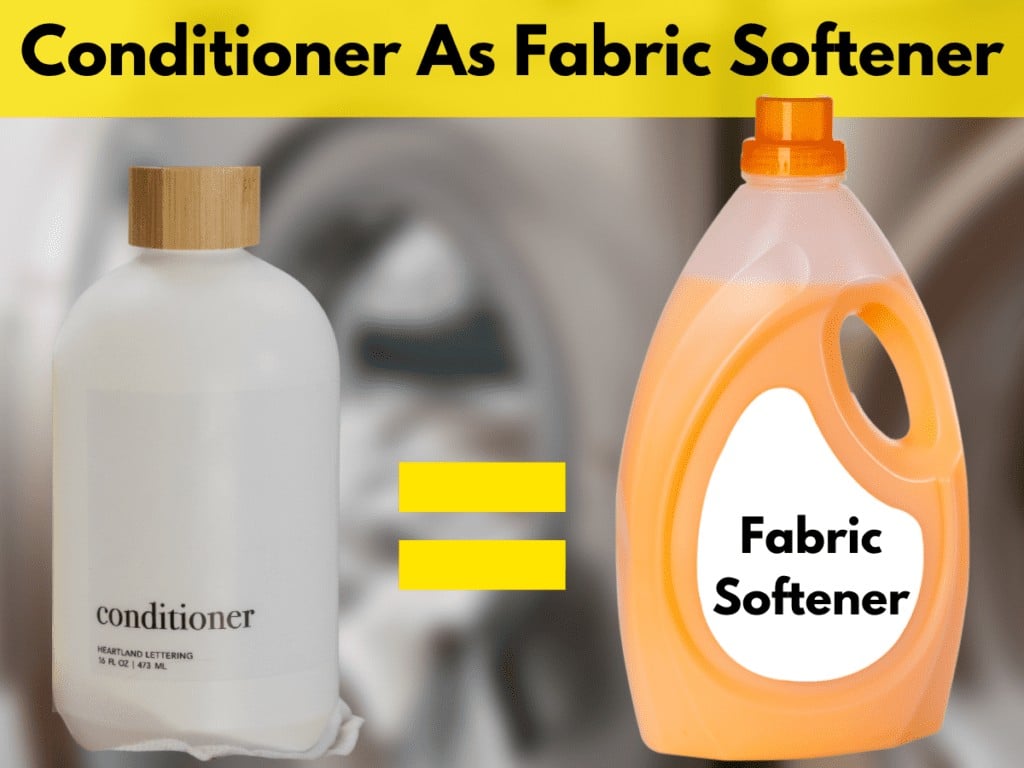
Making Fabric Softeners From Hair Conditioners
Making a fabric softener from a hair conditioner will require only a few minutes of preparations and ingredients. Here are a couple of items required.
Ingredients
- Empty container
- Hot water
- Hair conditioner
- Vinegar
- Essential oils
Direction of use
Add six parts of warm water to two parts of hair conditioners into a container, and stir into a uniform mixture. A piece of a stick can help with stirring if it is clean. Remember, to avoid shaking the container while stirring to prevent foaming.
To this mixture add vinegar and essential oils and mix well. Cover the mixture and store it for later use.
In case you’re new to the essential oil craze, it is currently quite popular making it a must-have part of the recipe. Essential oils and fragrances to your clothes, and also helps in masking the smell of the detergent.
But, sadly, essential oils irritate people suffering from allergy complications. If you have these issues, it is advisable to keep them off your preparations. In any case, besides adding scents, they’ve no other role in the fabric softener recipe.
This process makes you a gallon of softener which is sufficient for most households to wash for a while. If you need only a small amount of fabric softener, you just have to reduce the ingredient portions, accordingly. For example, reducing the ingredients by half will get you half a gallon.
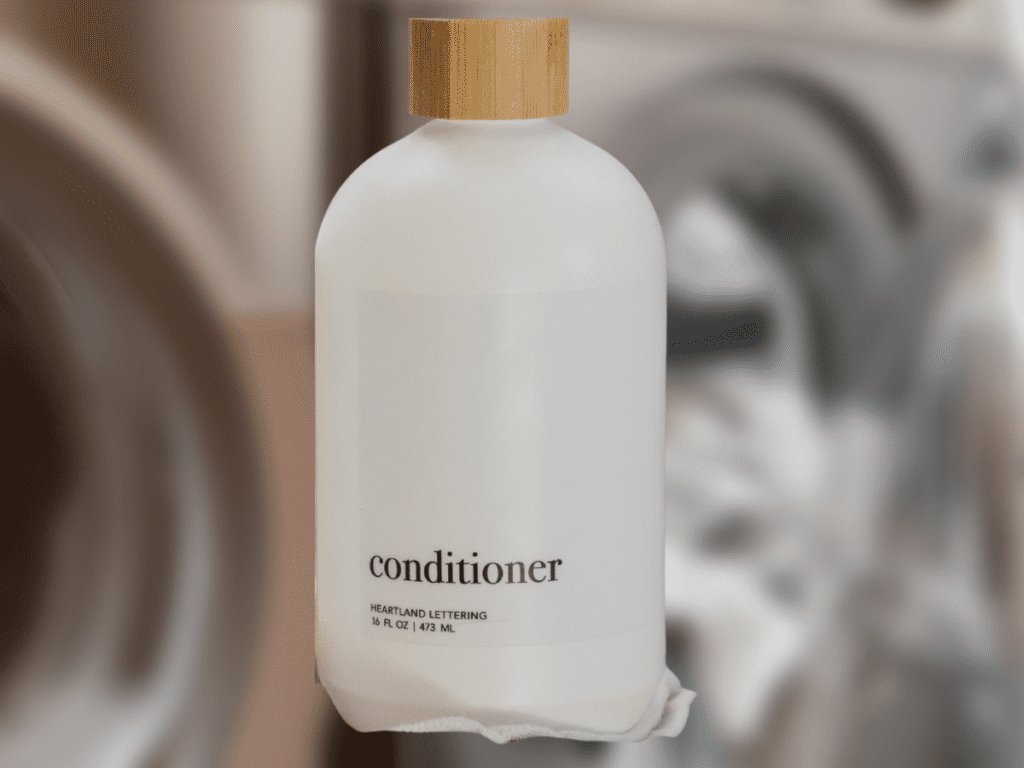
It is important to note that your choice of brand is important. Of course, different brands have different qualities, which is why you should go for the best quality, affordable product (Amazon paid link). Whichever is your choice, ensure you mix the right proportions, for the best outcome.
Once you’ve your homemade softener, you can just use it as you normally do with the commercial ones. With a spray bottle, your work becomes easy, since all you have to do is to use it to inject it into the drum. Clothes pieces are also wonderful if you want to improvise.
Other Alternatives to Commercial Fabric Softeners
Besides the above method of making fabric softeners, there are several other worthy alternatives. Equally, they’re easy and cheap to make while maintaining sterling results as you will find out.
Most alternative to commercial fabric softeners is about improvising local materials from around your home. They do not even involve complex recipes, mixing, and things like that. Plus it takes only a few minutes to do it.
Use of White Vinegar
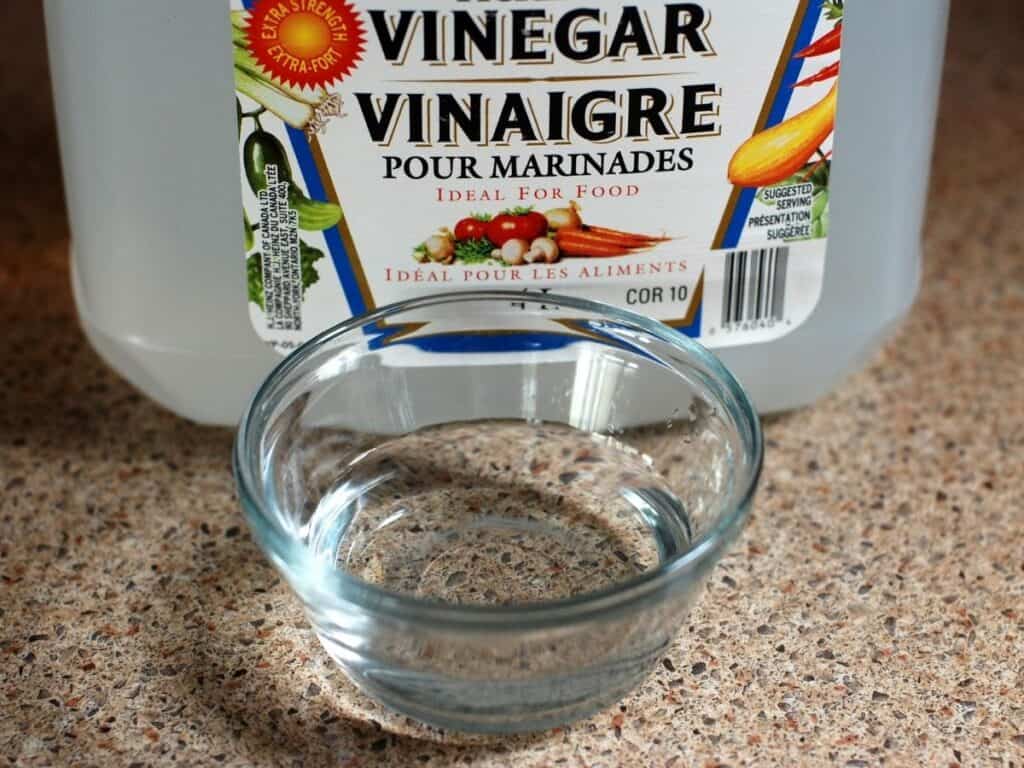
Vinegar is a fantastic fabric softener, as it removes remaining specks of detergent from clothes responsible for the clothes’ hardness when dry. Not only that, vinegar is great when it comes to neutralizing static.
White vinegar is harmless, easily available, and does not need any special skills. To use it, pour it directly into your washing machine and load it normally. Alternatively, you can put it into a fabric softener ball and toss it into your machine.
For best results, remember to put vinegar in the washing machine only in the last rinse. You can use ½ to 1 cup of vinegar, have the washing machine run its normal rinsing cycle, and your laundry softening will be done.
Homemade Dryer Sheet
The great thing with dryer sheets, is they are hackable. Within a few minutes, you can make awesome dryer sheets in the comfort of your home and save bucks. Old blankets or T-shirts and other pieces of fabric make awesome dryer sheets.
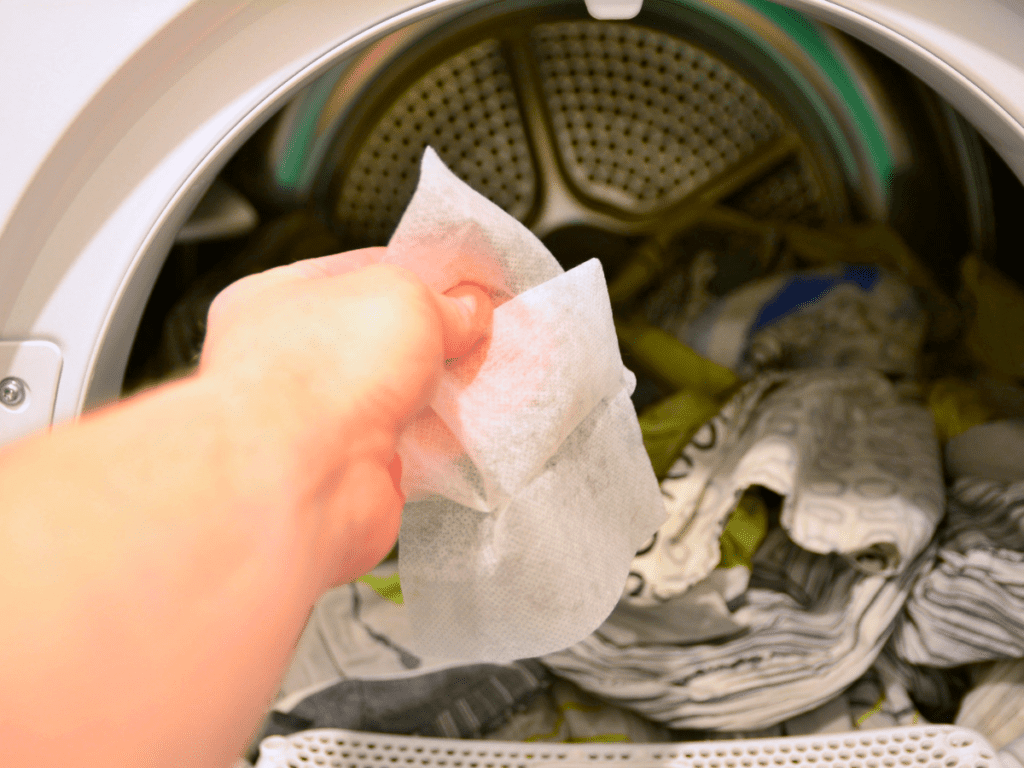
Here is How to Do it.
Cut a few small rectangular pieces from the pieces of clothing and place them in a sealable container. Next, measure ½ a cup of vinegar, and a few drops of fragrance oil and pour the solution into the cut pieces in the jar.
The amount required is not much and all you need to put is enough to soak the pieces. Seal the container and safely store it until the time of your next laundry session. Using them is easy as all you have to do is to pick a few and put them into the drier. After you’re done, return them to the same container for the next drying session.
Softener Crystals
Did you know you can make your crystal softeners? Home-made scent boosters and softening crystals are no different from the commercial types, plus their fragrances last longer.
Making Softener Crystals
You will require a single cup of Epsom salt, 10 drops of fragrance oil, and a mixing container. Add the ingredients to your container and stir it well. Cover the container and that is it!
At laundry time, scoop half of the mixture and put it into your washing machine, load it as usual then rinse and dry.
Wool Balls
These are excellent for drying and softening clothes. Their mode of action is to move in between the clothes, separating them and making them dry faster. Moreover, as they roll around the clothing fabric, they fluff and work the fabric, softening them.
Wool dryer balls are affordable and readily available in any convenience store. Plus, a one-time purchase can last you for a long time. But, you can make them at home too, whether to save some bucks or just as a do-it-yourself project.
Here’s How to Make Them
The process is simple. All you’ve to do is roll 100% wool into a sizable ball, around your fingers. Be sure to roll it from various angles to create a near-sphere shape. Once complete, stuff it inside nylon then tie it at both ends. Repeat the steps a few more times, and you will not need commercial ones.
Tennis Balls
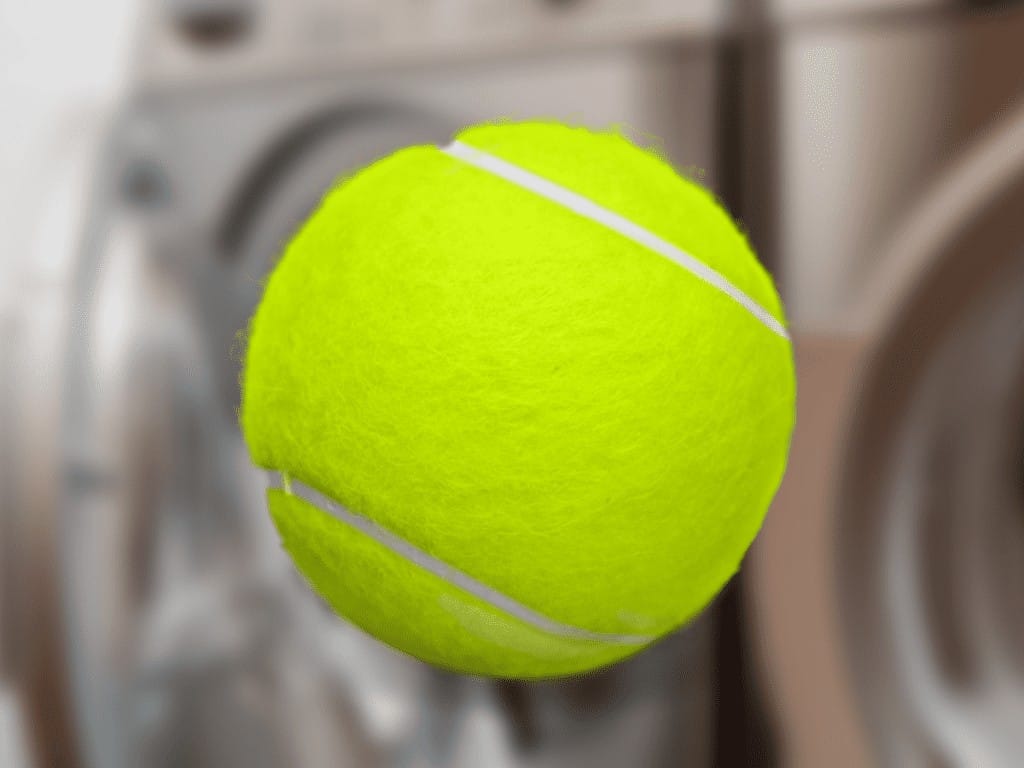
If you are a sporty kind of person, then tennis balls should be your favorite fabric softener. And chances are you could be having idle tennis balls lying around in your closet. Why not put them to good use?
Tennis balls are not only perfect for softening and neutralizing static. Just remember to clean them before tossing them into the drier and enjoy the show. Using tennis balls can cut the drying period by up to 10%.
Aluminum Foil
Aluminum foil is a common item in kitchens where it has a variety of uses including covering and storing food. But do you know you can use it as a clothes softener? Yes, you can.
Cut about 12 inches pieces of aluminum foil and fold at the edges and the corners, to prevent unraveling. Carefully fold it into a ball, approximately, 4 inches in diameter, and press it lightly to make it firm.
You can repeat the process and make several balls to use for laundry softening and drying. Just throw a few balls into the drum before starting your dryer.
Baking Soda and Vinegar
Yet again, we’re raiding the kitchen to make fabric softener. Baking soda, a readily available baking ingredient is great for making a fabric softener.
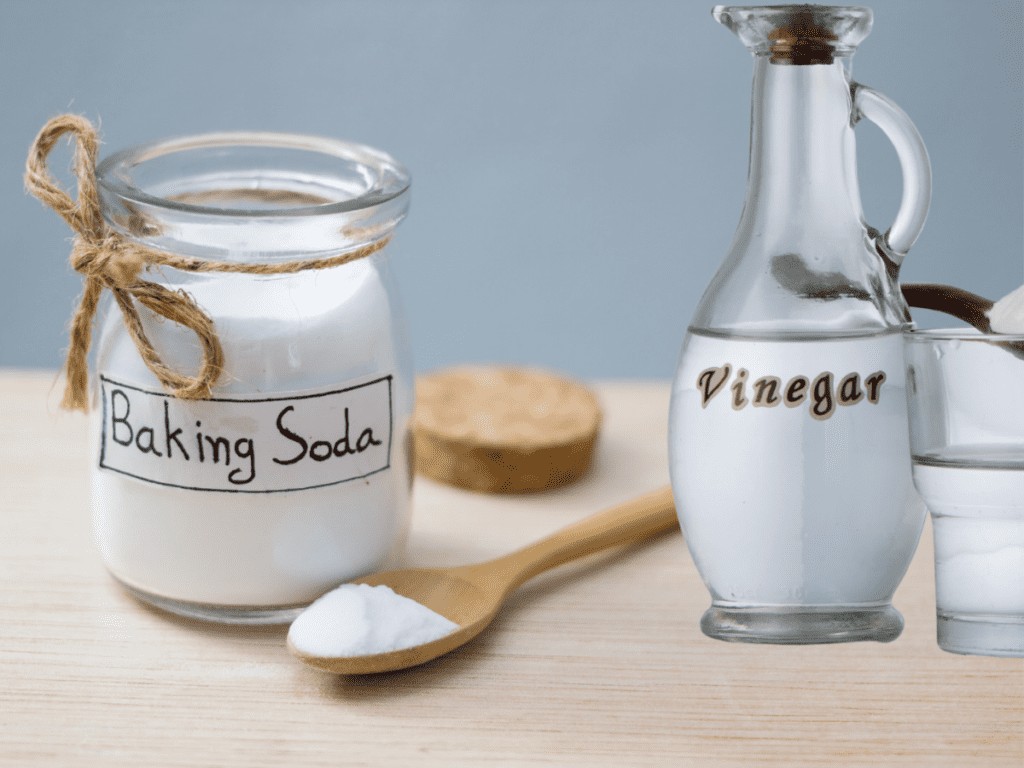
Follow the following steps
Mix two-part warm water, one part baking soda, and one part vinegar. Stir the mix briskly until the solution is well-formed. If you love fragrances, you can add a few drops of essential oils to the mix and your softener is ready for use. You can use a one-quarter cup for every normal load.
I also have a guide to the 13 best detergent alternatives for you.
What are the advantages of Fabric Softeners?
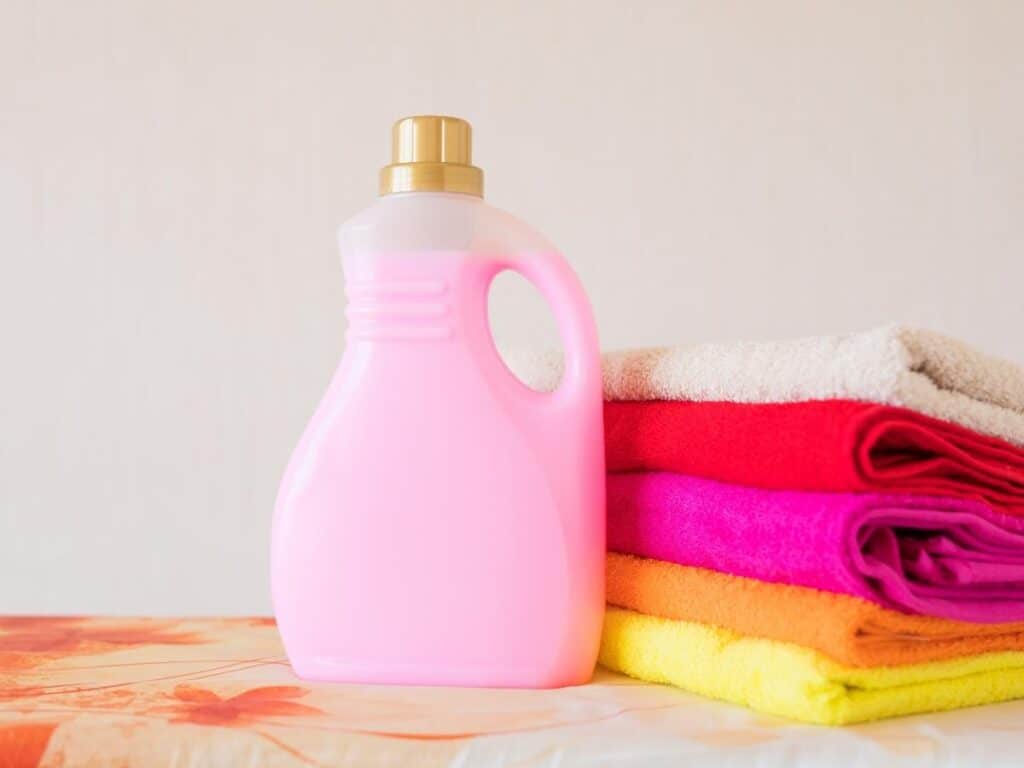
Clothes washed in fabric softeners have numerous advantages over those not washed with them. Such advantages include softening clothes, eliminating static, preventing creasing, preserving clothes, and scenting them, among others.
Making Clothes Softer
The feeling and the texture of clothes washed with softeners are softer and tender to the skin, compared to scratchy clothes washed without softeners. In fact, this is the primary role of fabric softeners.
Eliminates Static
As clothes are swinging in the washing machine they rub against each creating static electricity. This is what causes the irritating skin-clinging static. Fabric softeners eliminate static by creating a coating on the fabric making the rubbing frictionless.-
Make Clothes Last Longer
Fabric softeners are known to have incredible color preservation features. Some companies like Procter & Gamble, the makers of Downy, have gone to great lengths to demonstrate their color preservation abilities. Preserving the colors, and lubricating the materials means the clothes last longer.
Straightens Fabrics
However, clothes washed with fabric softeners are soft and flexible, which makes it hard to have creases. To demonstrate this, you can keep a pile of clothes washed with fabric softeners and a separate one washed without them. If you leave the two piles and check later, the unsoftened ones will be more creased.
Scenting Clothes
Some detergents leave an unpleasant smell on clothes, which is why softener fragrances are important. If you love fabric softener fragrances, the market is awash with different types of them. Fabric softener products currently in the market range from lemons, lavender, vanilla bean, and passion fruit Hibiscus among others.
Are Fabric Softeners Harmful?
Fabric softeners are not always only beneficial but have their downsides. Some are made with environmentally harmful chemicals and are also hazardous to human use, as well. Others include their incompatibility for use in certain types of fabric and a few others.
Here are instances you might want to avoid using them.
Do Not Use Them on Towels
We have all used towels that feel like dry grass on our skin. They’re so rough, you wouldn’t want them against your skin ever again. While that might be a valid reason for using a fabric softener on your towel, it might not be the best thing to do.
Frequent use of softeners, especially the commercial varieties, reduces the fabric absorbency required essential for towels. Instead, homemade alternatives like vinegar and baking soda concoction work well without interfering with absorbency.
Not Good for Baby Clothes
Like all parts of a baby’s body, their skins are still developing. That means they are not strong enough yet. Often fabric softeners contain chemicals that might irritate their tender skins.
Therefore, using commercial softeners is not recommended. As an alternative, you can use some vinegar in combination with some mild detergent types. Furthermore, fabric softeners reduce the anti-flame features of the material used in making some children’s garments.
Not Eco Friendly
Many fabric softeners are made with environmentally unfriendly chemicals which have been associated with biohazards. According to the environmental body, the Environmental Work Group, continuous usage of fabric softeners poses health and environmental risks. Chemicals found in fabric softeners have been attributed to allergic reactions, asthmatic attacks, and a few others.
I have a guide on mixing different fabric softeners that you will like.
Fabric Softener FAQs
Is Fabric Softener a Requirement During Washing?
Fabric softener is not a requirement in laundry, but an additive you include in your washing for the desirable extra benefit from your wash. With that said, people who are used to fabric softeners, cannot do without them. The feeling of soft clothes against the skin is simply irresistible to many people.
I wrote an article on whether detergent is bad or not that may interest you.
Which Fabrics are not Good for Fabric Softeners?
Not all fabrics are designed for softening. For some, the softening chemicals reduce the absorbency of microfiber materials. For that reason, softening towels, some sportswear, pajamas, and synthetic fibers are not recommended.
Must I Mix Fabric Softener with Water Before Using it?
Fabric softeners are designed to be thoroughly mixed in water before getting in contact with clothes. Adding the softener directly to the clothes may leave stubborn stains which arise from their oily waxy properties. Also, remember, overloading your washing machine can reduce the free movement of water-softener solution all around the clothes in the washing machine.
Next, you can learn how to care for your washing machine and keep it in tip-top shape.

I’m an expert wardrobe organizer and a bit of a clean freak. I created this website and its YouTube channel to share practical guides about laundry and organizing. My teachings have been featured in multiple large news publications, and I’ve self-published two wardrobe organizing books and an entire course on the subject.

